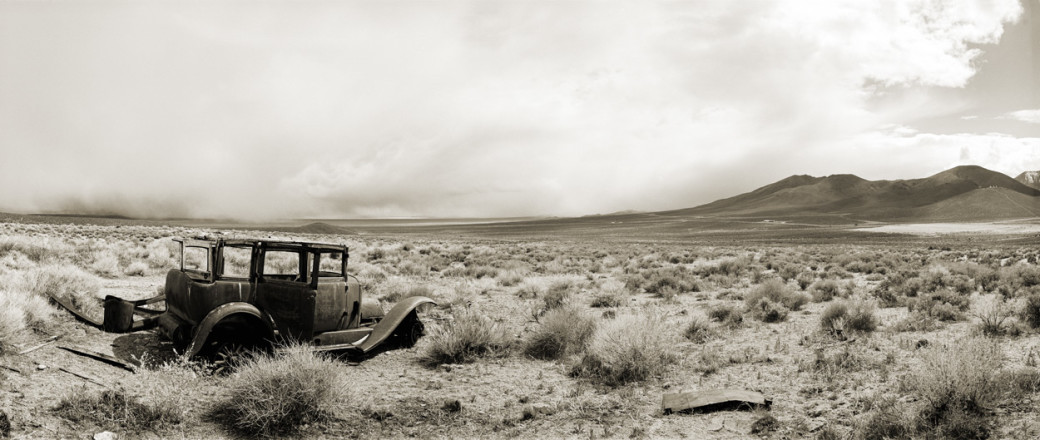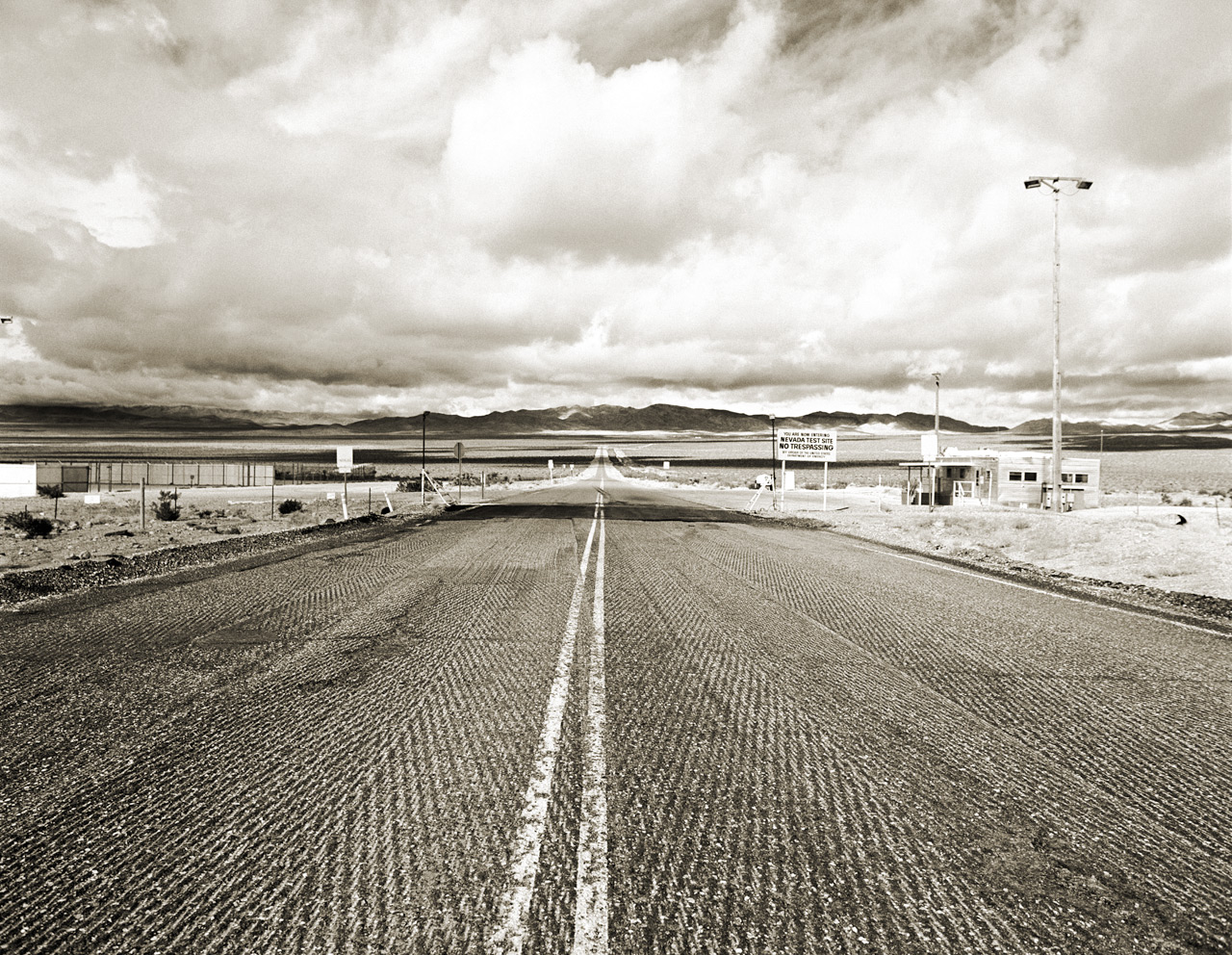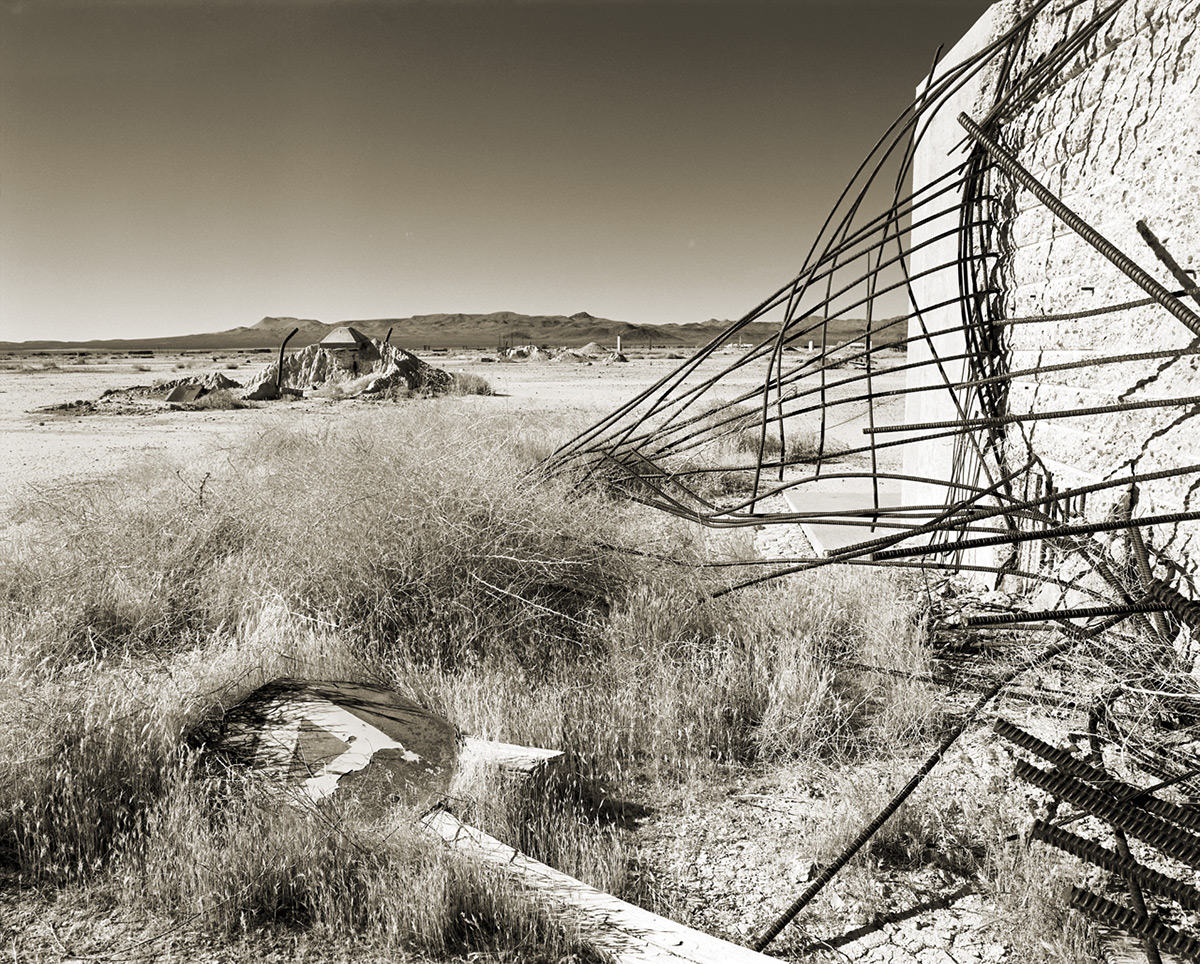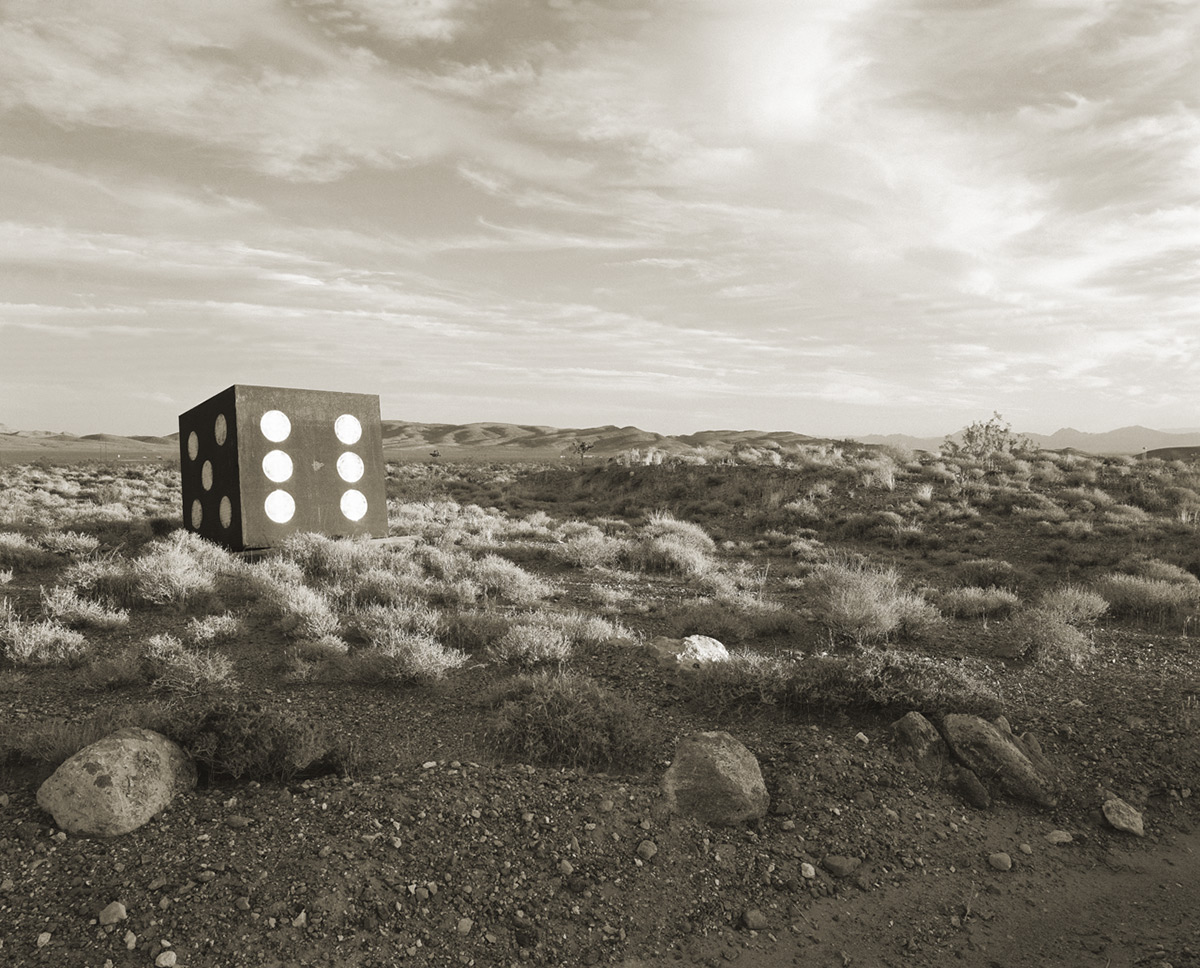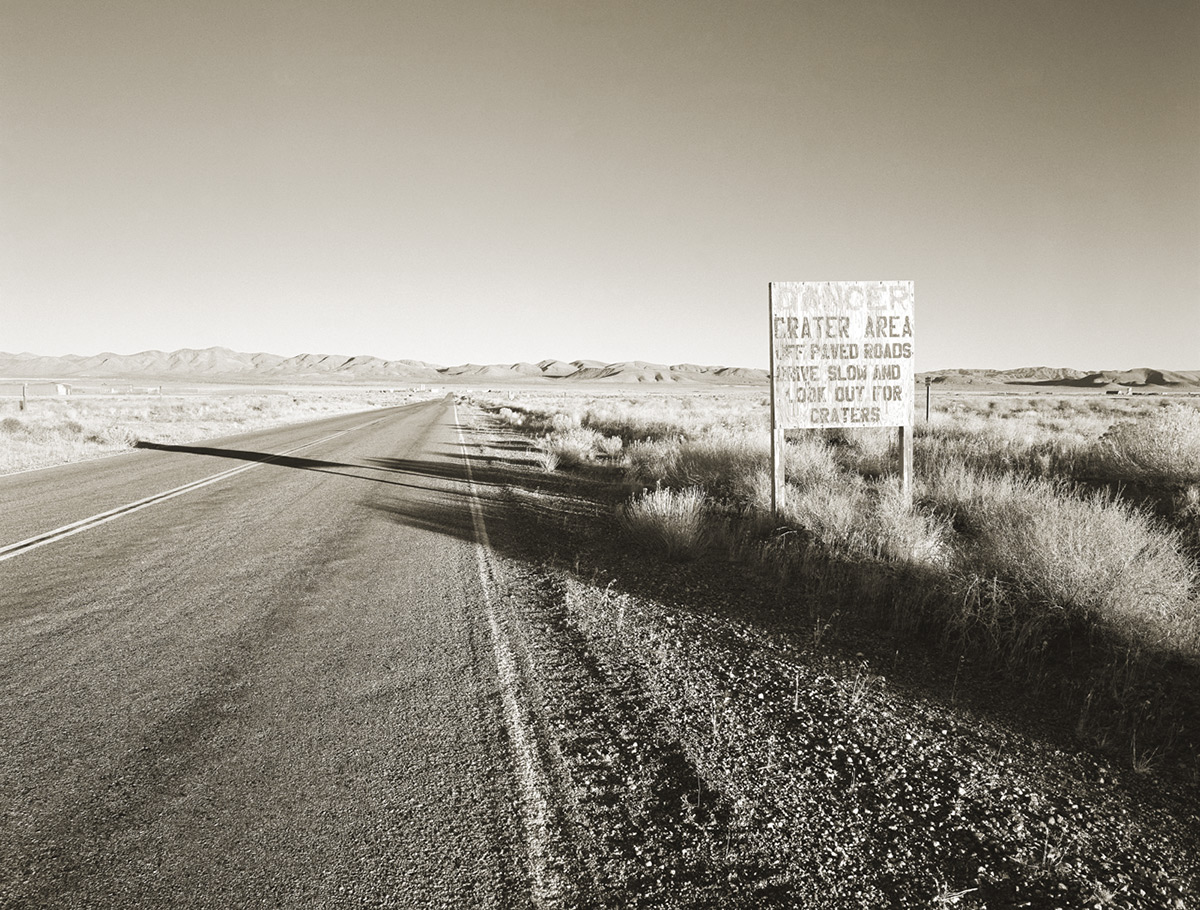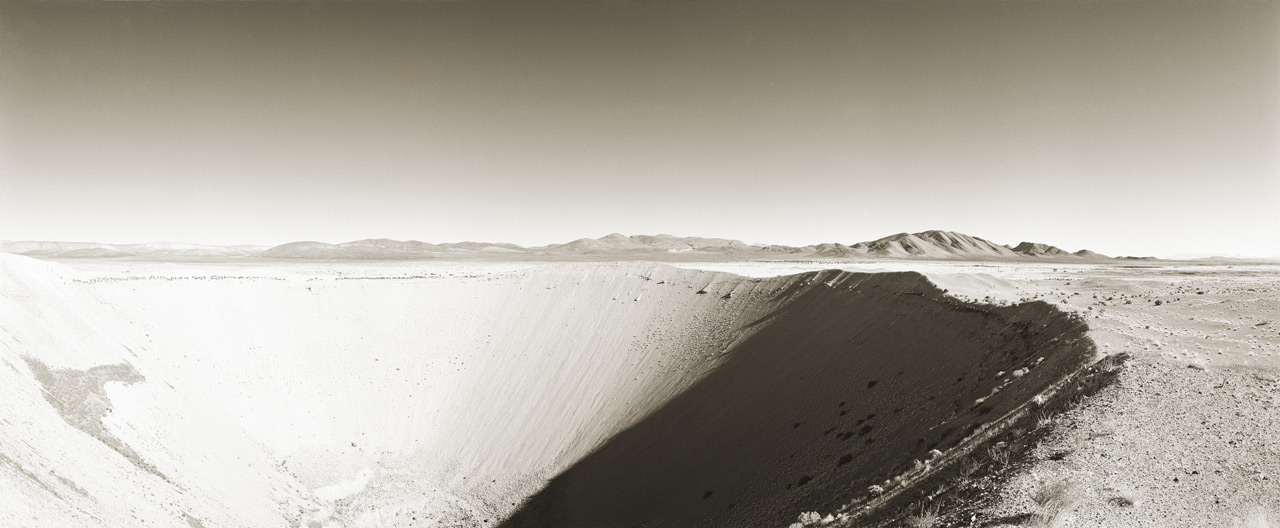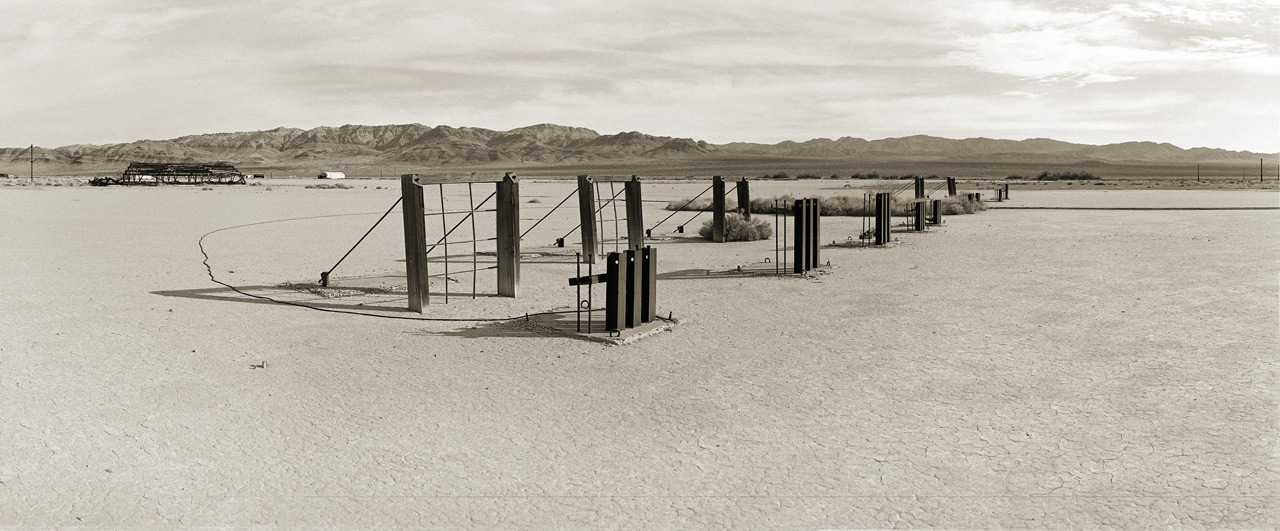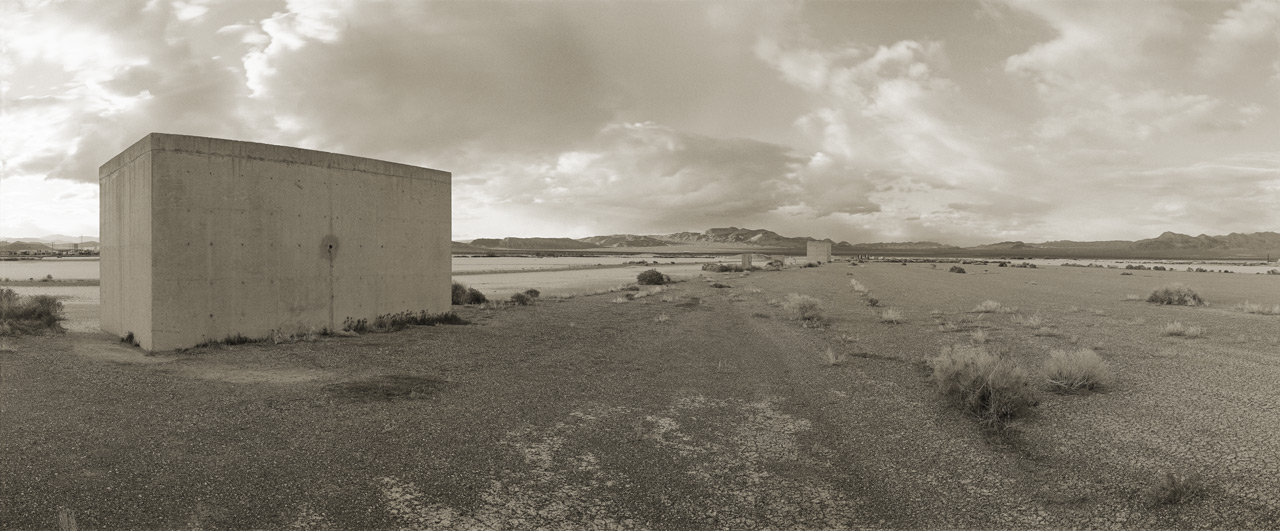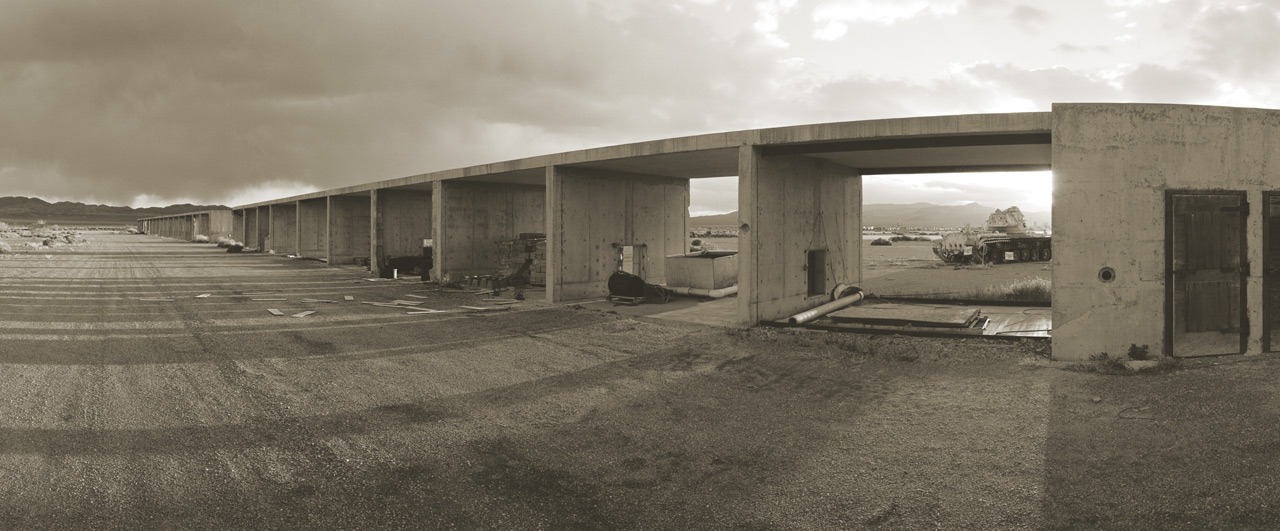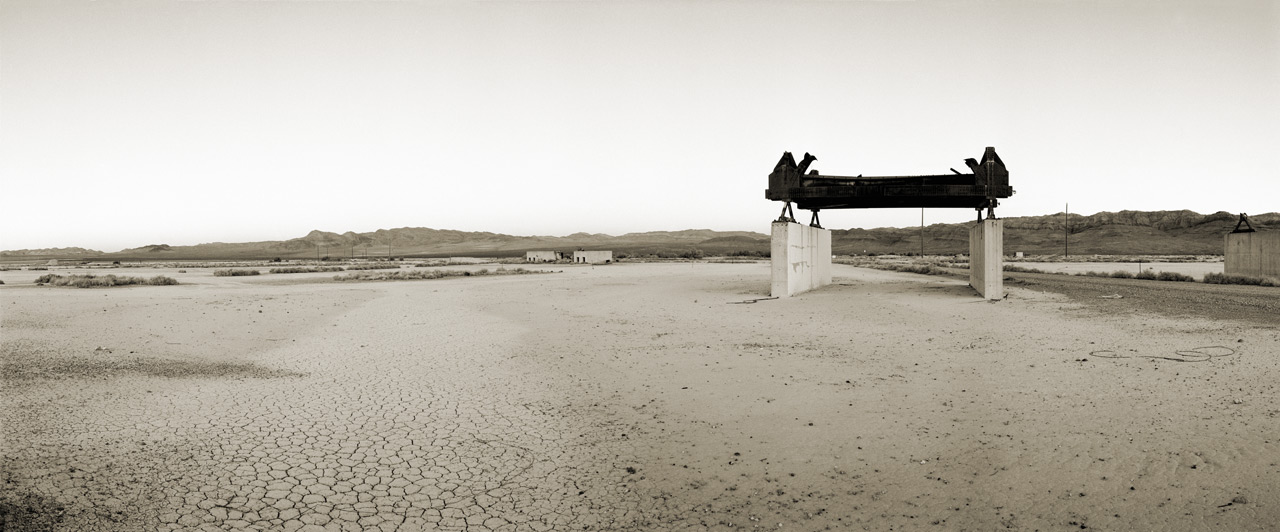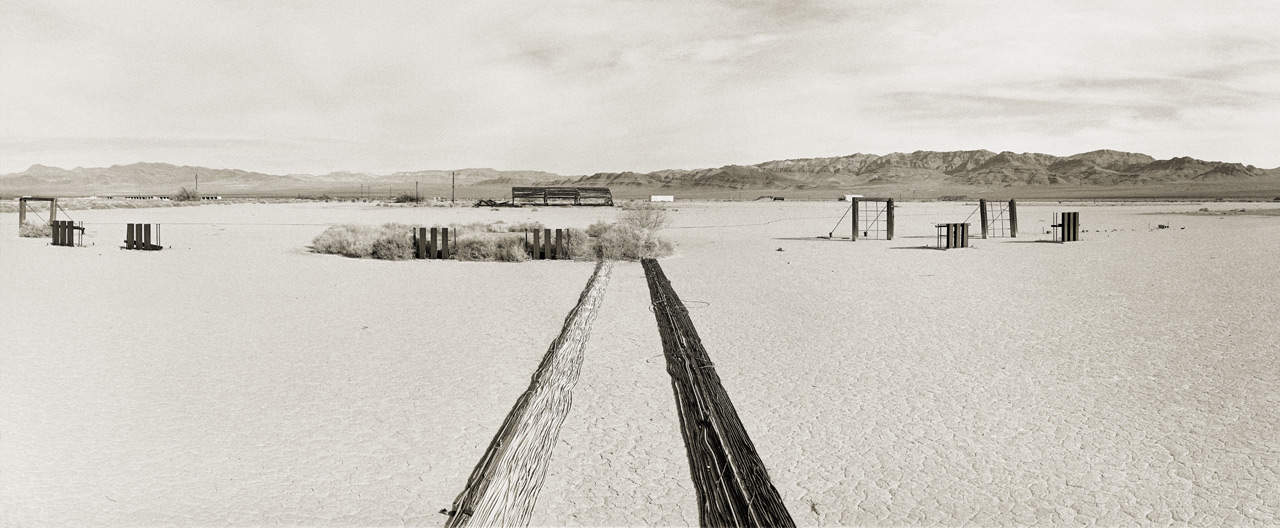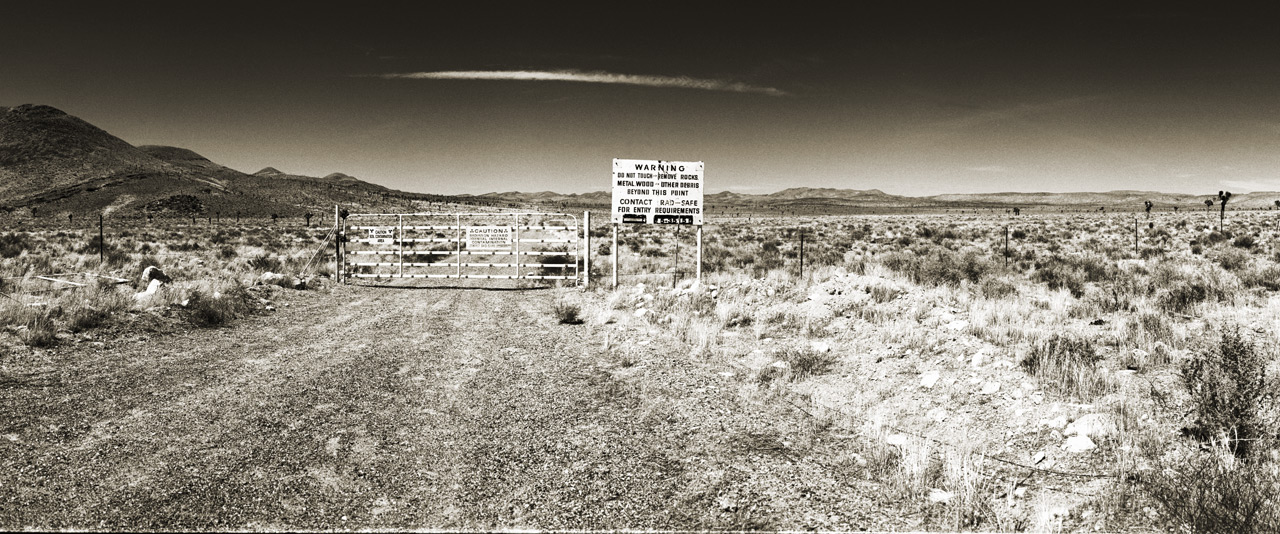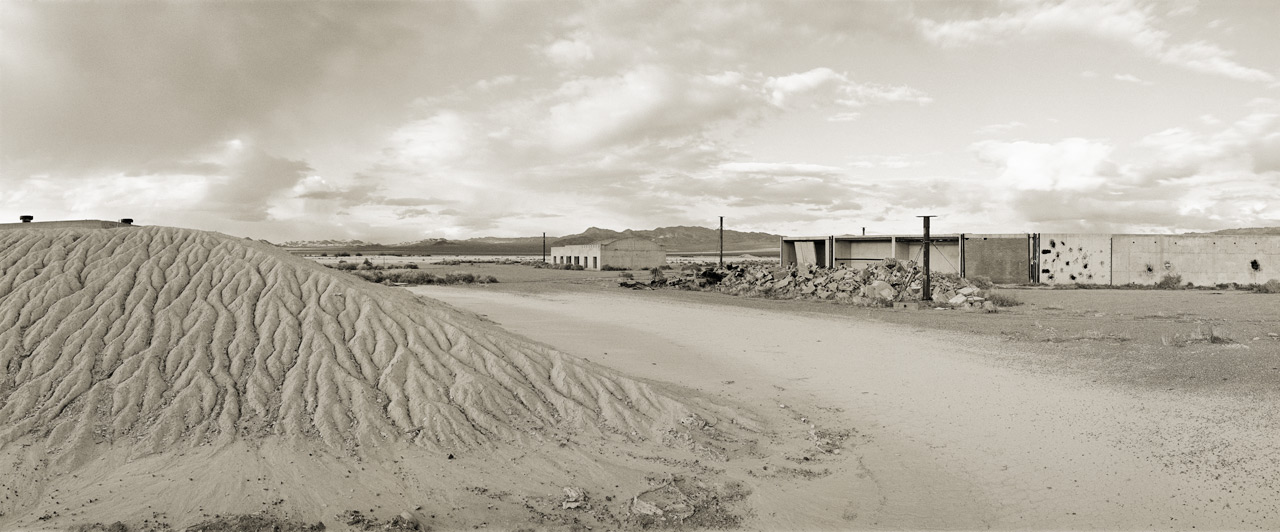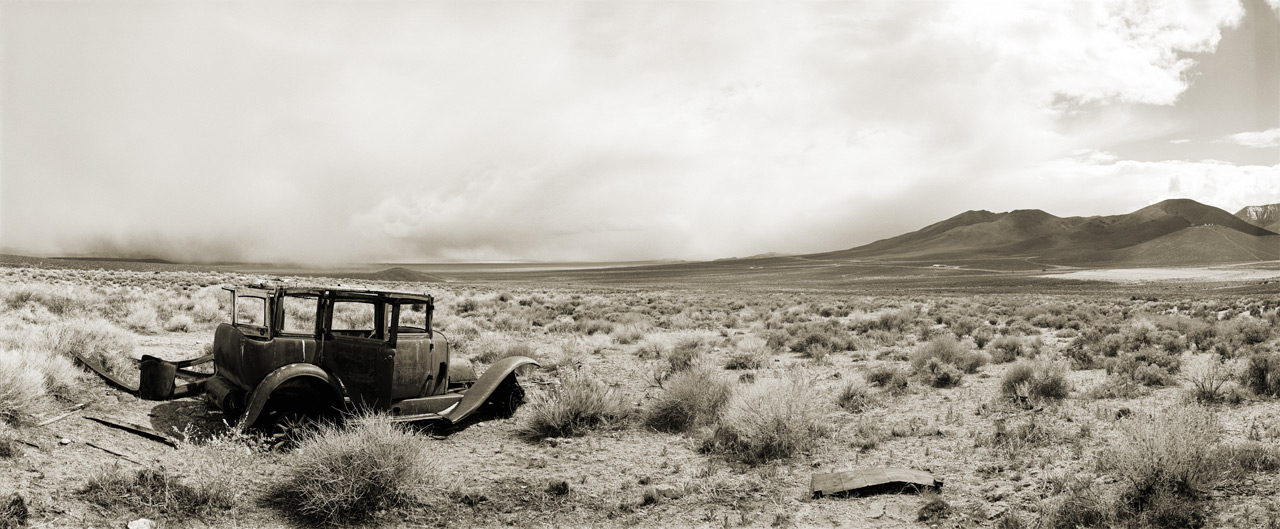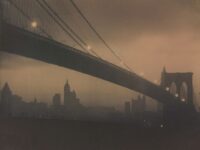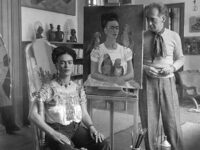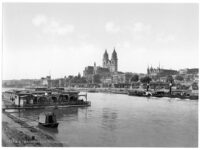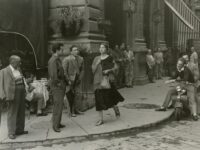Now living in Maryland, but born in New York, renowned photographer Jan W. Faul has traveled across the United States and Europe to portray vibrant landscapes and distinctly human creations on our land. He has traced the footsteps of his great-grandfather who both graduated at the top of his class from Yale and fought in the Civil War. Mr. Faul has spent 40 years portraying historic sites and the hand of man on the land in thousands of locales spread across the US and Europe. He lived in Denmark from 1979-89 and roamed Denmark and Sweden searching out remnants of prehistoric and Viking civilizations.
Mr. Faul has been awarded grants from the Graham Foundation for Advanced Studies in the Fine Arts, James Foundation, National Endowment for the Humanities, and he is a member of the ASMP Hall of Fame. His work is in the collections of the Smithsonian’s National Museum of American History, Albin O. Kuhn Library & Gallery at UMBC, Corcoran Gallery, Drayton Hall, Hirschhorn Museum, Houston Museum of Fine Arts, and approximately 35 others. His work is in more than 500 corporate and private collections.
– How and when did you become interested in photography?
When I graduated from GWU, I tried to be a printmaker or photographer, but there was little to no work, so I got a job at the Smithsonian designing parking lots.
Two months later I moved to the National Portrait Gallery’s Office of Exhibits, and from there to its sister museum, the National Collection of Fine Arts. One day a guy showed up wanting a designer for producing traveling photo shows, so I volunteered and went to meet the client.
The client turned out to be the US Sen. Howard H Baker, Jr. of Tennessee. He hired me to streamline his files, edit images, and help teach him to become a better photographer. At first it was like the blind leading the blind. But I worked with him for eight months, and one day found myself in a government agency’s main DC office hanging his show. I asked if they hired photographers, gave his name as a reference, and two weeks later got hired to be Chief Photographer of the Office of Economic Opportunity. I was 24 and my bailiwick was America’s poor.
My first days were a whirlwind of getting OEO to set me up with (at their insistence) new cameras and lenses and 1000 rolls of Tri-X. The weekend was spent learning how to use a Nikon. By Monday morning I was in St Louis shooting Sen. Ted Kennedy, the Peace Corps’ Sargent Shriver, George Meany of the AFL-CIO, and my boss, Donald Rumsfeld. In hindsight, I had no idea what I was doing at 9AM, but by the afternoon, I had gained some fluency in ‘Nikonese.’
That afternoon was spent portraying poor people and Federal anti-poverty efforts. Two days later I flew to Philadelphia to do an assignment on legal aid lawyers representing the poor against their landlords. At the end of the week I drove home with more exposed film than I had shot in the rest of my life. It was a heady experience and I had eschewed color to only shoot b/w film. It was what I was most comfortable with, and that continues through to today.
– Is there any artist/photographer who inspired your art?
Of course. You can’t work in a vacuum. In high school I worked at the National Gallery of Art as a part-time guard and got to spend a lot of time with the works of great painters, printmakers , and sculptors. I also spent hours in the nearby Library of Congress reading room reviewing photographs by FSA photographers. My favorites were Jack Rosenthal, Walker Evans, Marion Post-Wolcott, and Ben Shahn.
After college and during my sojourn with the poor of mostly Appalachia, I studied with Arnold Newman. I ran into Dick Avedon in NYC, and he invited me to watch him shoot for an afternoon, and so got an unexpected crash course in portrait lighting. I took a series of Nikon Flying Short Courses which exposed me to a variety of great photographers and styles. I had a few days with Ansel and others, as I seemed to fill in for folks who could not make the classes they signed up for.
In 1996, I bought a panorama camera, as I had always preferred the wide view. No it’s 20 years on, and I have owned a dozen, put thousands of rolls of film through them and traveled widely in the US and Europe seeking out vistas and ‘scapes where the tools and my vision could intersect.
Working with such a wide format is at first daunting as to compose an image which for starters is twice as long as a ‘normal’ one, distorted due to the nature of the camera, and rather than having it go ‘click’ and be done, it takes time for the slit to move across the film. This time has to be factored in to the intent of the image and in working with moving objects like clouds and water, they are sometimes causing possibly unwanted effects. I didn’t feel comfortable until I had shot about 500 rolls on a tripod to find the optimum height in an attempt to control distortion.
– Why do you work in black and white rather than colour?
It’s what I grew up with. I wasn’t rich enough to shoot colour and so stuck with b/w through my 20’s, 30’s, 40’s, and into my 50’s. Then I moved to a farm where I could not develop film, and began shooting colour and desaturating or scanning it to be b/w. I still do that today. Here is a world gone mad with digital colour but I still find b/w as much or more attractive. I only shoot film, and have an approximately 500,000 exposure archive.
– How much preparation do you put into taking a photograph/series of photographs?
Actually, I do rather a lot. I mostly shoot variables in weather and land, but I like to know where I am and what I’m going to see before heading out on a month-long trip. I have a large reference library with about 1200 volumes, histories, studies, government publications not readily available to the general public, etc. I am an avid user of Google Earth and other mapping programs. I travel with a laptop and spend every morning on the road going over what it is that I intend to see or find that day. I usually shoot in the summer in northern Europe so the sun sets rather late, and often I return to my lodgings just before midnight.
I’ve been working with battlefield panoramas (UK & US Civil Wars, WW2, Revolutionary War, etc.) for more than two decades and mostly I work with invisible realities. Of some locations, nothing remains, so I have to meditate on what is or is not lying there before me or I must create my own reality. Most of my images do not look like 9,338 combatants may have died where I am standing, or for that matter the little dips in the ground do not look like approx 600 Confederate soldiers are buried without grave markers on a battlefield like Gettysburg.
Most of my landscapes do not look like anything out of the ordinary happened there. Not that I try to hide what happened, but people are so impervious to violent historical events which have taken place before they were born, that it amazes me. Families eat picnic lunches on gravestones at Concord’s North Bridge, where the first Americans to be shot in battle were either killed or wounded.
– Where is your photography going? What projects would you like to accomplish?
I’ve been off work for 5 years due to a sloppy doc in an ER who forgot to read an x-ray. After many surgeries they amputated my left foot and I spent 30 months not feeling like shooting anything. But my memory returned, I can ambulate again, as well as drive a car full of tripods and cameras.
This coming summer, I will travel to northern Europe to shoot world war detritus. Having only one real foot makes ambling around tiring, but I’ve learned to walk on grass again and I need to spend some time on battlefields with a lot of film. If I can free up the time, I also need to do more work in Normandy in the fall.
Shooting that which is no longer there seems easier now as my powers of observation are as acute as ever. Taking a long rest was good, although I would rather have not been in a hospital for even ten seconds.
Websites: artfaul.com and janfaul.com

